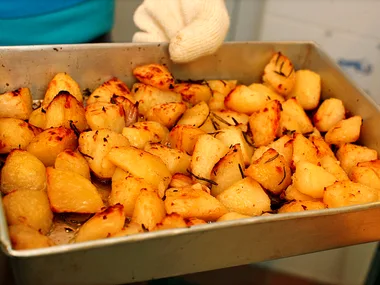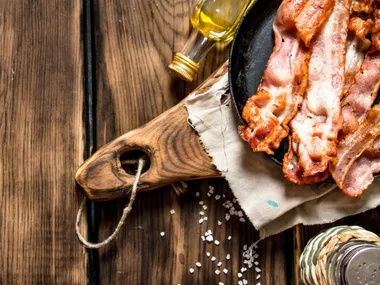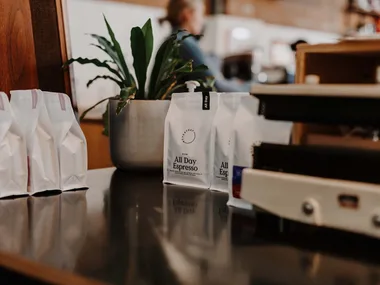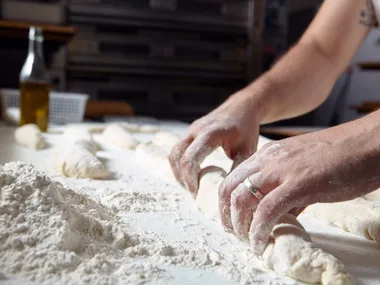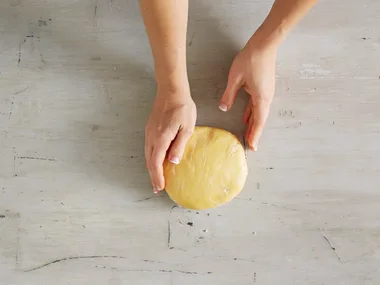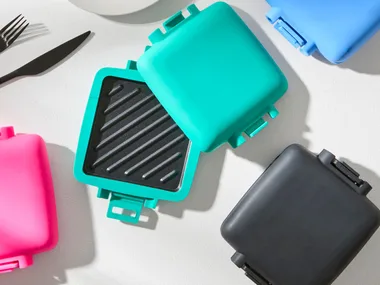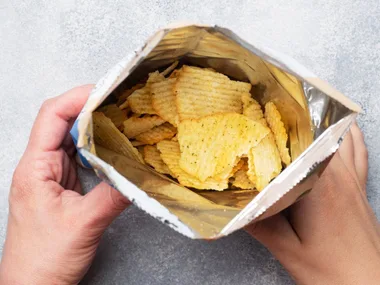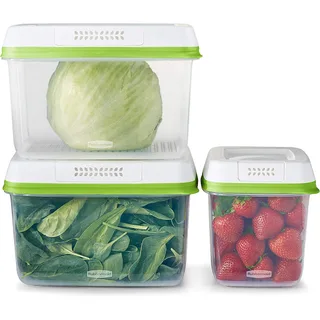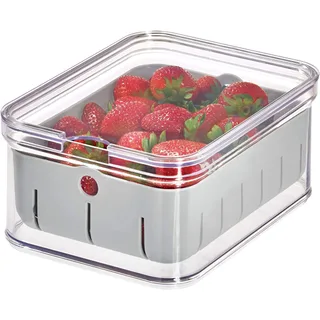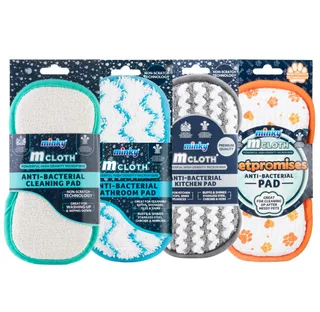Whether you’re packing a sandwich, salad or soup for lunch, you can always rely on a Tupperware container to transport your food safely. But apparently, that’s not the case these days, or not as frequent as before.
WATCH: A zero-waste home in the heart of Melbourne
It’s been reported that sales and profits of Tupperware Brands have fallen steadily in recent years. With shares dropping by nearly 50 per cent after the company announced it was seeking financial help.
To combat this, Tupperware Brands shared that they were considering selling property assets, amid “substantial doubt about its ability to continue”.
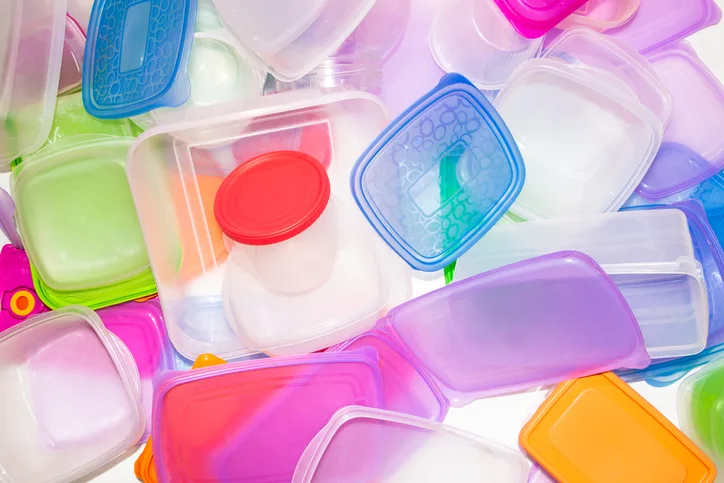
The news comes as an unpleasant surprise to fans, as expressed in a Facebook group run by collectors and enthusiasts.
Comments by many current and former Tupperware salespeople expressed their hopes of keeping their much-loved brand afloat.
The history of Tupperware parties
Tupperware first came to be in 1947, after inventor Earl Silas Tupper developed a new form of polyethylene plastic that was not only easy to mould but could be mass produced.
His first product, the “Wonder Bowl”, was praised for its design and ability to keep food fresher for longer. But a problem quickly arose when consumers needed help determining how to use the seal.
But this is where Brownie Wise, a divorced single mother from Florida business strategy, helps launch sales. Wise started a resale business called Patio Parties in the late 40s. The business model was like most commission-based door-to-door sales in the form of at-home selling parties. The host would invite her friends, family and neighbours over for an afternoon of games, refreshments, and a demonstration on how to use the seal. At the end, the guests would make their purchases and the party host would be rewarded with a small commission on what was sold.
The strategy was a huge success, and by 1951 Wise was hired as Tupperware’s vice president of marketing, and more and more women had become a part of a sisterhood through the Tupperware system. Many sellers ended up setting up their own businesses and growing their social networks through these forums.
Fast forward to today, Tupperware did really well when it went global in countries that had women with intact social networks until the pandemic.
It also didn’t help as there has been a shift from the general public turning away from plastics.
You might need
You may also like
16 ways to organise your recycling
8 things you can’t actually recycle
How to dispose of these common yet tricky household items
